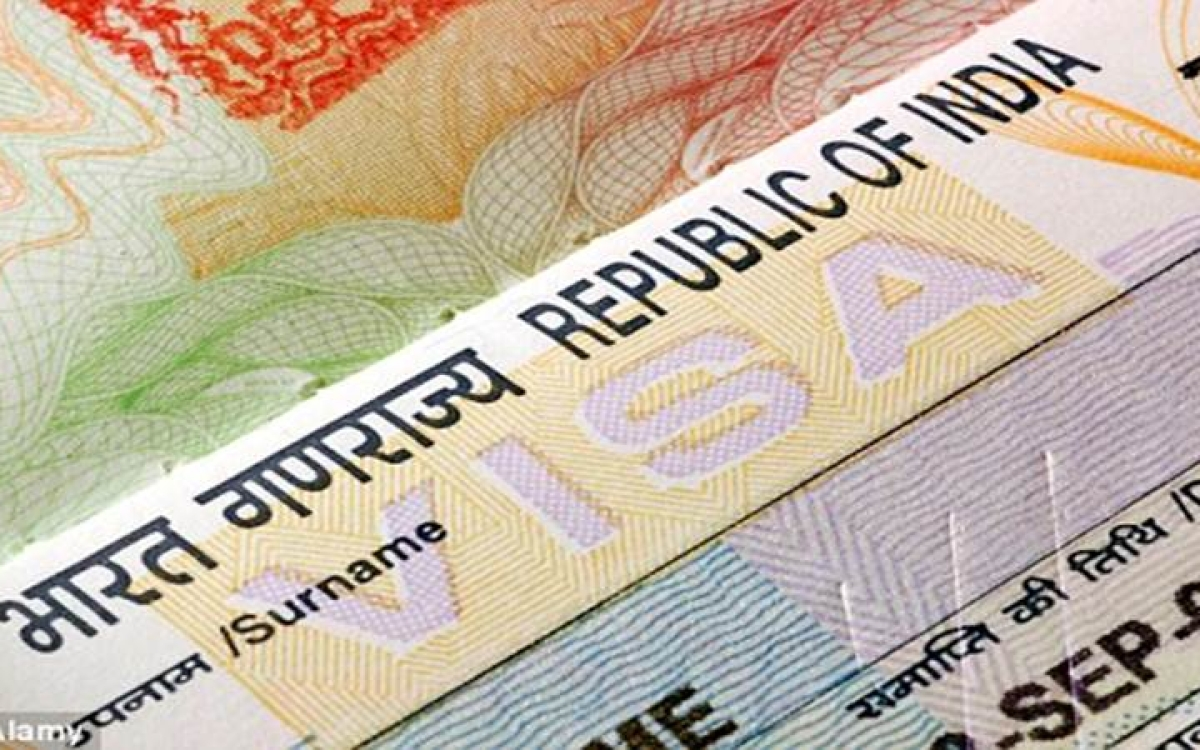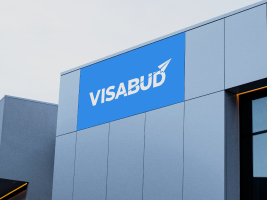The most important and integral step while planning a trip to India is the procurement of a valid visa. There are two kinds of visas offered by the Indian government: Visa on Arrival and e-Visa. Both of these options will help foreign nationals enter the land of India; however, the system differs a bit when it comes to the eligibility criteria, mode of application, fee structure, and validity. In this regard, we will point out the main differences between an Indian Visa on Arrival and an Indian e-Visa, trying to provide a complete guide to any curious traveler who is willing to visit India.
Eligibility
The Indian Visa on Arrival is only applicable for citizens of Japan, South Korea, and UAE. It is available at six designated international airports in India: Bangalore, Chennai, Delhi, Hyderabad, Kolkata, and Mumbai. In contrast, the Indian e-Visa applies to citizens of over 160 countries, including US, UK, Canada, and Australian citizens, among others.
It should be kept in mind that the VoA qualification criteria can be changed, and therefore travelers are advised to check for updated information on the official government website from time to time. Secondly, VoA is not applicable to any system for holders of diplomatic or official passports. They will have to apply for a regular visa from the Indian embassy or consulate in their home country.
Application Process
The application process for Visa on Arrival is simple. The eligible citizens can apply for VoA on arrival at one of the Indian airports mentioned above. They only need to provide the required documents; a valid passport has to be there, and they need to pay the required fee. Normally, it takes 30-45 minutes to process the application, and visitors get their visa within no time.
In contrast, the application process for an e-Visa takes place only online, via the official government website. Processing the application for an e-Visa takes about 3-4 working days and can be checked on the website itself.
Applicants will be required to scan their passport, photograph, and other documents that maybe required and upload them in the application. Application for e-Visa is acceptable at any time, and applicants can apply from their place of convenience.
Fees
The visa on arrival would be equivalent in foreign currency per passenger, including children, payable at the airport on arrival. One can pay it in cash, credit/debit card, and nursling kids.
The cost of an e-Visa, on the other hand, will differ depending on the type of visa and country of origin. The e-Visa ranges from $10 to $100 and is usually paid online during a person’s application. Once the amount is paid, it is not refundable; therefore, applicants are usually advised to ascertain their qualification before making an application.
Validity
The Visa on Arrival to India is usually valid for 60 days from the date of arrival in India. This visa is double entry; visitors can enter India twice during the period of validity. There are no provisions to extend a VoA, and the travellers have to depart from India before the expiry of their visa.
Now, e-Visa comes under different categories like e-Tourist Visa, e-Business Visa, e-Medical Visa, and e-Conference Visa. Different categories of e-Visas come with validity ranging from 30 days to even 1 year.
For instance, the e-Tourist Visa is valid for 1 year, with multiple entries. On the other hand, e-Business Visa is valid for 1 year, with multiple entries, but any continuous stay during each visit shall not exceed 180 days.
Additional Information
One should keep in mind that the Government of India has issued an advisory on many such fake websites operational on the net that are copying the e-Visa website. Applicants should apply only on the official government of India website: indianvisaonline.gov.in to prevent any opportunity for fraud.
Secondly, one has to comply with the health requirements for entry into India. Vaccination against yellow fever, if sooner applicable, is a must. They will also be required to present proof of their validity of return tickets and sufficient money to their maintenance during their stay in India.
Benefits of e-Visa
The benefits of e-Visa can be enumerated as :
• Anytime convenience : Applicants can apply for e-Visa from their homes/ offices, at any time, round the clock.
• Time Saving : The processing time is quicker for an e-Visa application wherein most of the applications get processed within 3-4 working days.
• Cost-Effective : The e-visa fee is relatively less than VoA, and the applicants can avoid hassle of queuing at the Airport.
• Multiple Entries : e-Visa allows multiple entries depending upon the category that makes it an ideal option to go for.
Looking for Visa ? Reach Out Today!







